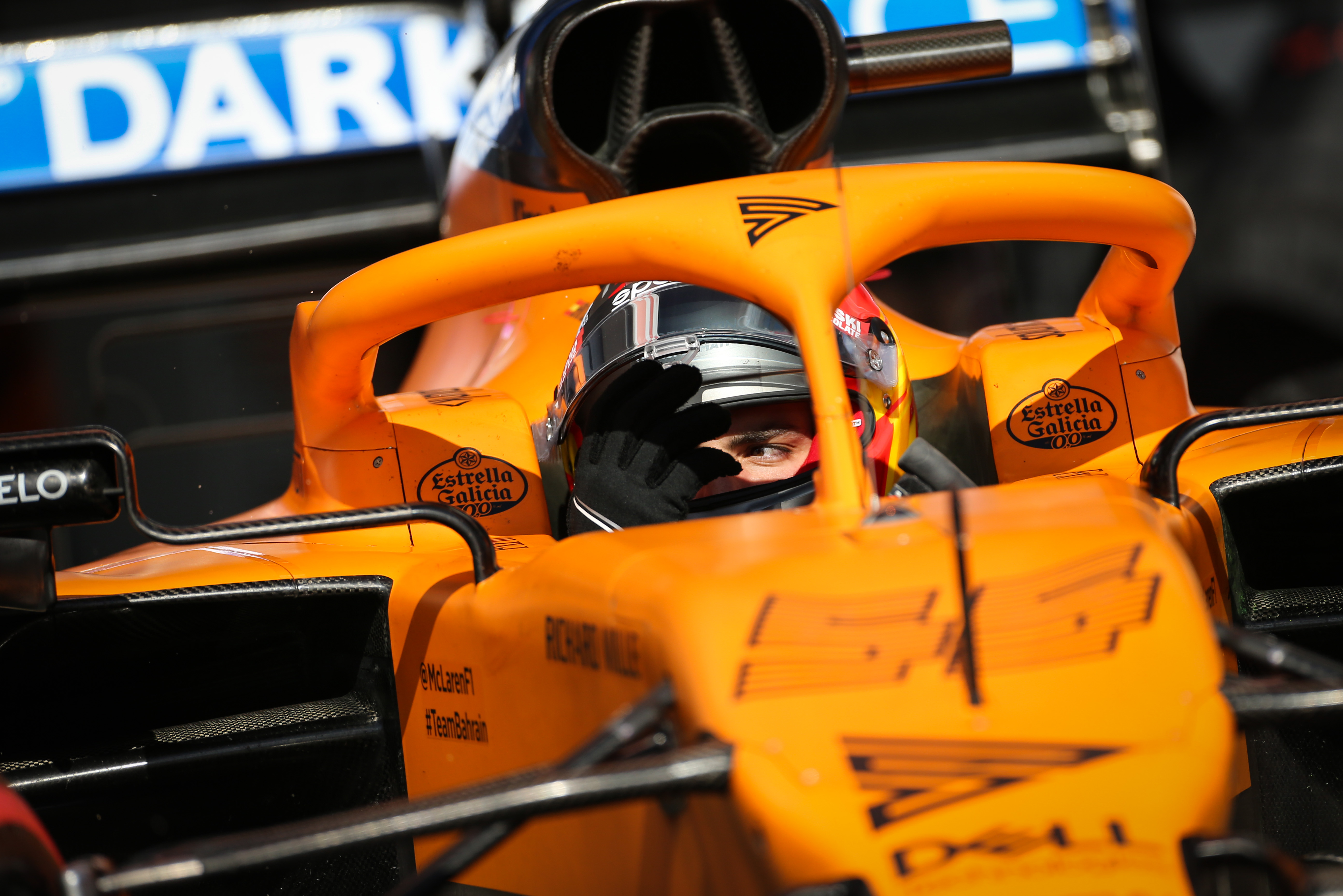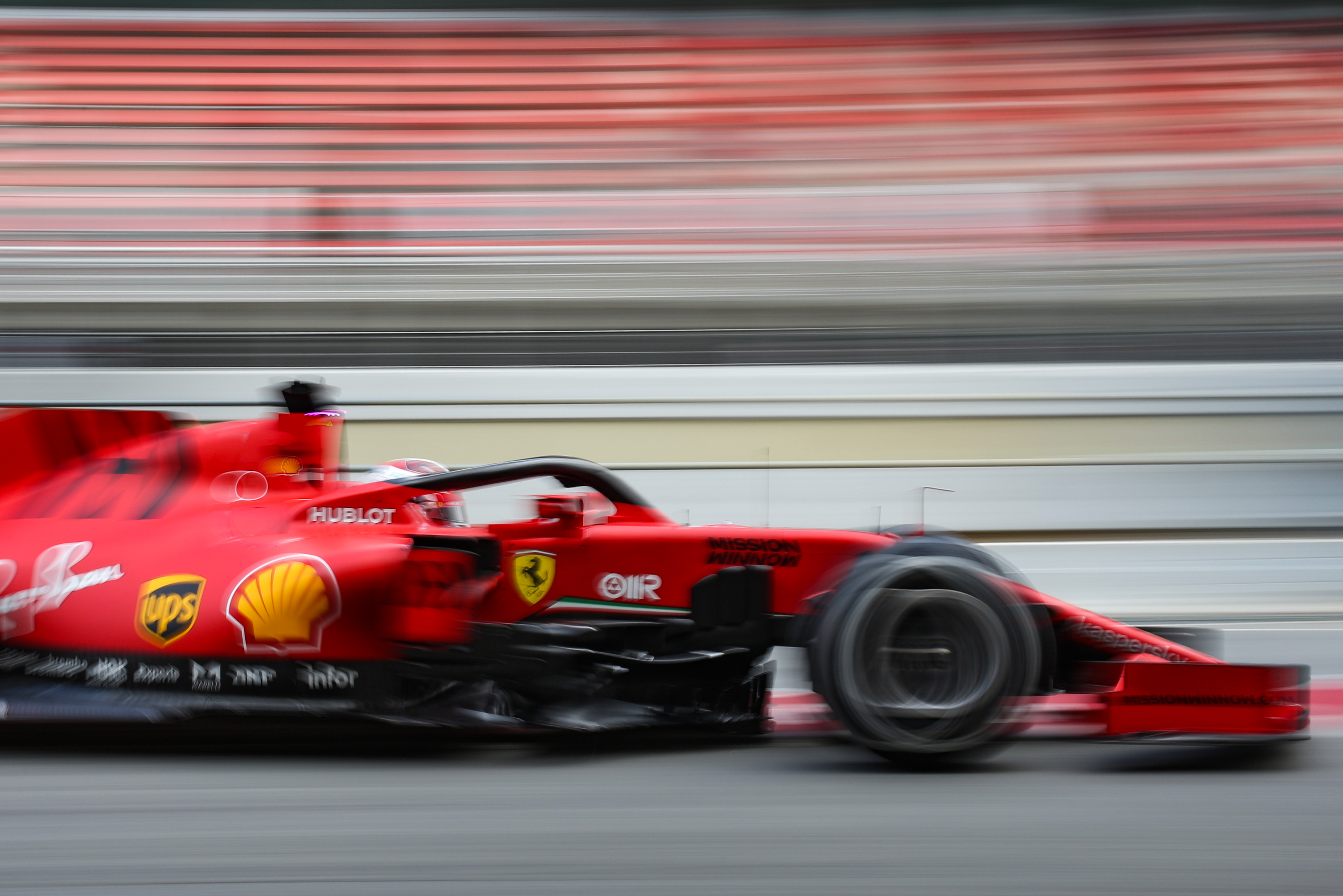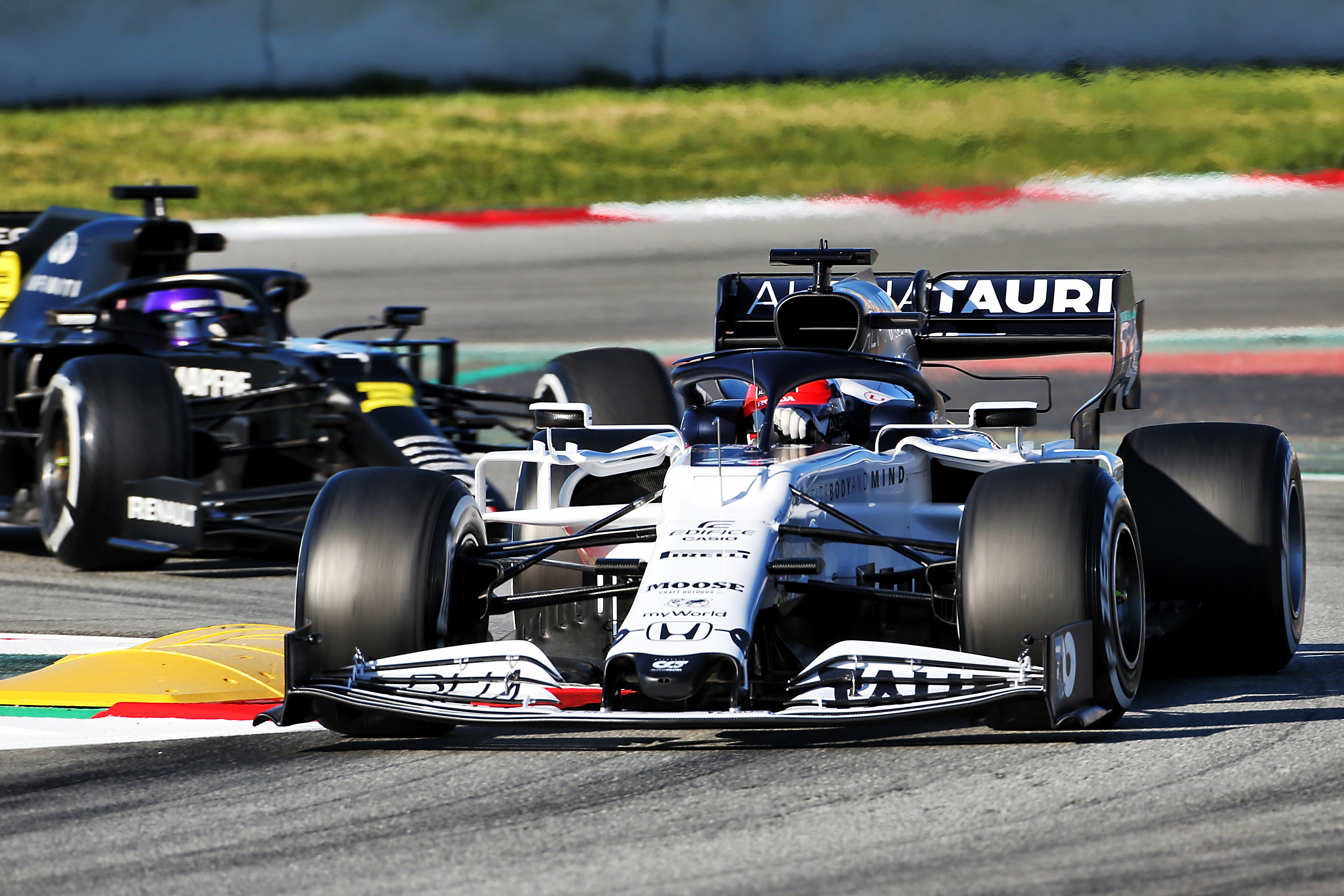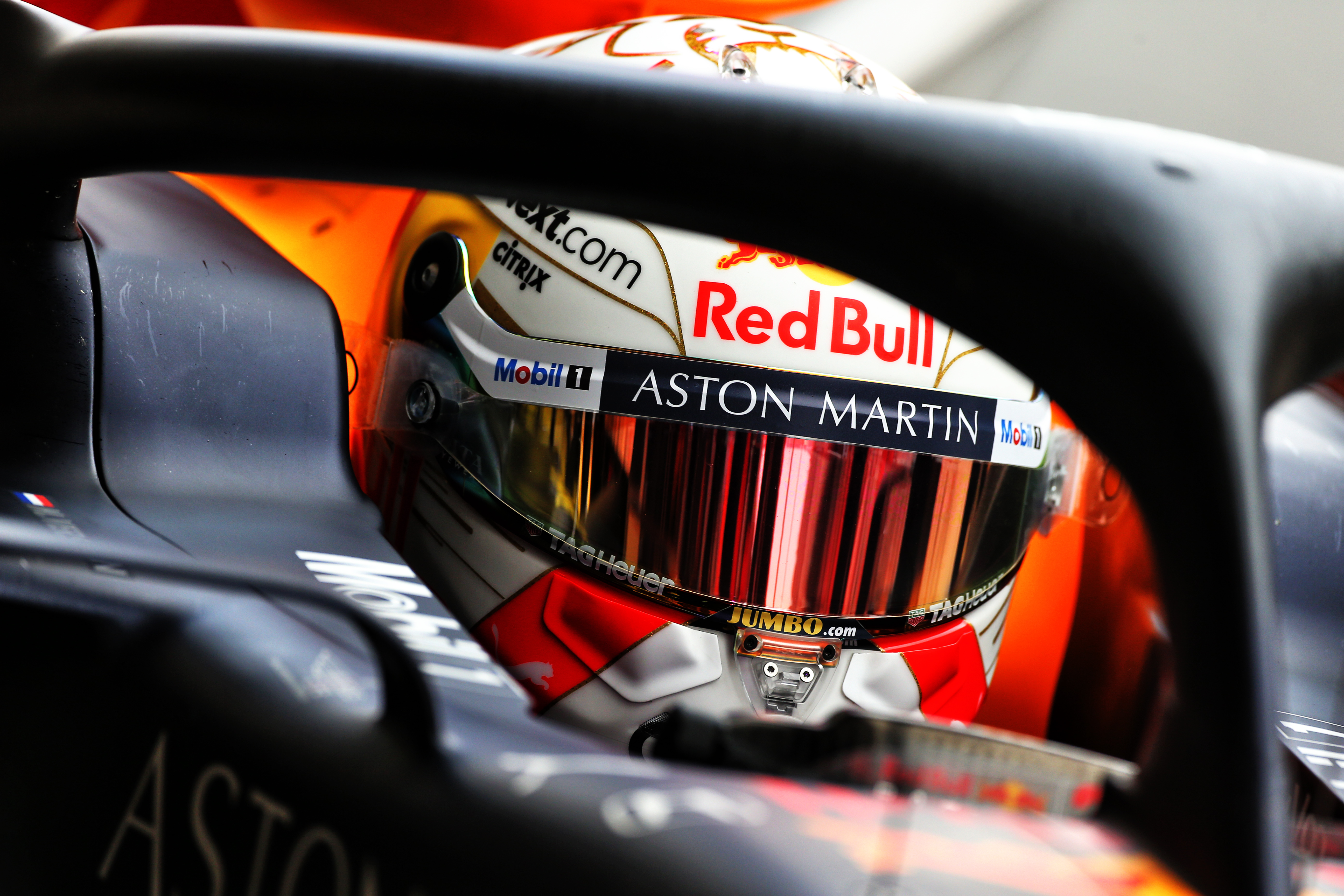The last day of winter Formula 1 testing finally produced some performance action at Barcelona. Even so, it’s still very difficult to come up with a running order but, as always, I will give it my best shot based on the data we have available.
Friday’s running was mainly on the C3, C4 and C5 Pirelli compounds, with plenty of quick laps – although times from all six days of testing are being used for my analysis.
To try to compensate for the variation, I have taken each driver’s fastest time on whichever tyre they used then used my offset to calculate a time for the other compounds.

As an example, Carlos Sainz Jr did the following:
C3 calculated – 1m17.220s
C4 actual time – 1m16.824s
C5 calculated – 1m16.520s
This reduces the potential for error when drivers used different compounds to set their best time.
After coming up with all of those three sets of times, I then averaged the times again to reduce potential error. If we take the above Sainz/McLaren times we get the following;
C3 calculated – 1m17.220s
C3 actual time – 1m16.824s
C5 calculated – 1m16.520s
Average – 1m16.853s

Even by having to calculate from a different baseline for each team because they used different tyres, the running order came up the same for all three sets of numbers. The time deltas, as you would expect, were a little different but not by very much.
These averages give the following running order. The times are different to the actual time the drivers did, as I am trying to come up with a nominal time if all things were equal. Unfortunately, as we all know they never are with fuel loads and track conditions varying.
| Red Bull | 1m16.017s |
| Mercedes | 1m16.065s |
| Racing Point. | 1m16.291s |
| Renault. | 1m16.609s |
| Ferrari | 1m16.693s |
| McLaren | 1m16.853s |
| AlphaTauri | 1m16.947s |
| Haas | 1m17.070s |
| Williams | 1m17.204s |
| Alfa Romeo | 1m17.275s |
This suggests a grid covered by just 1.210s – wouldn’t we all love to see that? But then I tried to dig a little deeper, because there is no way that everyone was on the same fuel load and with a time delta of 0.33s for 10kg it doesn’t take too much difference to skew the results.

So from past experience, gossip in the pitlane, comparing past testing performance to actual race performance and sticking my finger in the air to see which way the wind is blowing, I have come up with the following;
| Team | Estimated fuel load (kg) | New calculated time |
| Red Bull | 50 | 1m14.367s |
| Mercedes | 50 | 1m14.415s |
| Ferrari | 50 | 1m15.043s |
| Racing Point | 30 | 1m15.301s |
| McLaren | 40 | 1m15.533s |
| AlphaTauri | 40 | 1m15.627s |
| Renault | 20 | 1m15.949s |
| Alfa Romeo | 30 | 1m16.285s |
| Haas | 20 | 1m16.410s |
| Williams | 20 | 1m16.544s |
That gives us a grid spread of 2.177s, which is a lot closer than last year. The divide between those that have and those that don’t have quite as much is a little smaller.
There are a couple of caveats that I should add in here.
Firstly, I haven’t even thought about any engine mode deltas. But the one thing I should add here is that Valtteri Bottas did his best time of 1m15.732s on the C5 tyre on day three of the first test and neither he nor Lewis Hamilton improved on that time.
On day six Bottas’s best time was only 1m16.196s, so actually 0.464s slower. I wonder if that came from having to detune the Mercedes engines? It has had a couple of problems and so has its customer Williams.

Secondly, Max Verstappen did a slightly faster lap than I have used for my calculation on the C4 tyres, but made a mistake in the last sector. This means it was not representative of what he should have done.
Sergio Perez did the same on a C5 tyre run, so for both of them I have used their actual C4 lap times.
This is all without delving into the long-run times, but this is a bigger project for a future article that my colleague Mark Hughes has underway for this weekend.
Even though Red Bull comes out on top of the data-driven adjusted times, my money would still be on Mercedes to win the first race of the season. But let’s hope Red Bull and Ferrari can give Mercedes a good run for its money.
Who wins doesn’t matter, all we want is a good, close battle.

